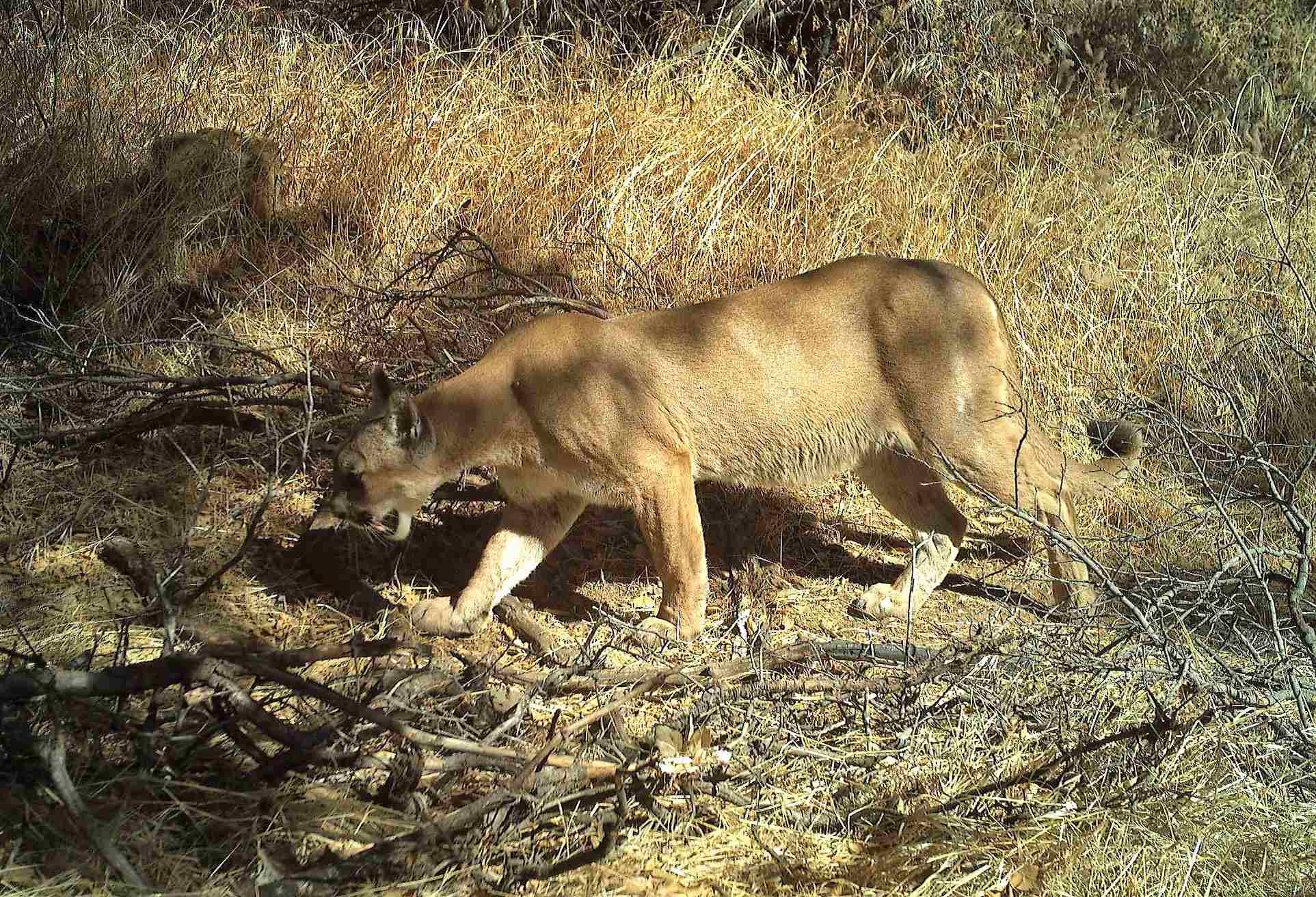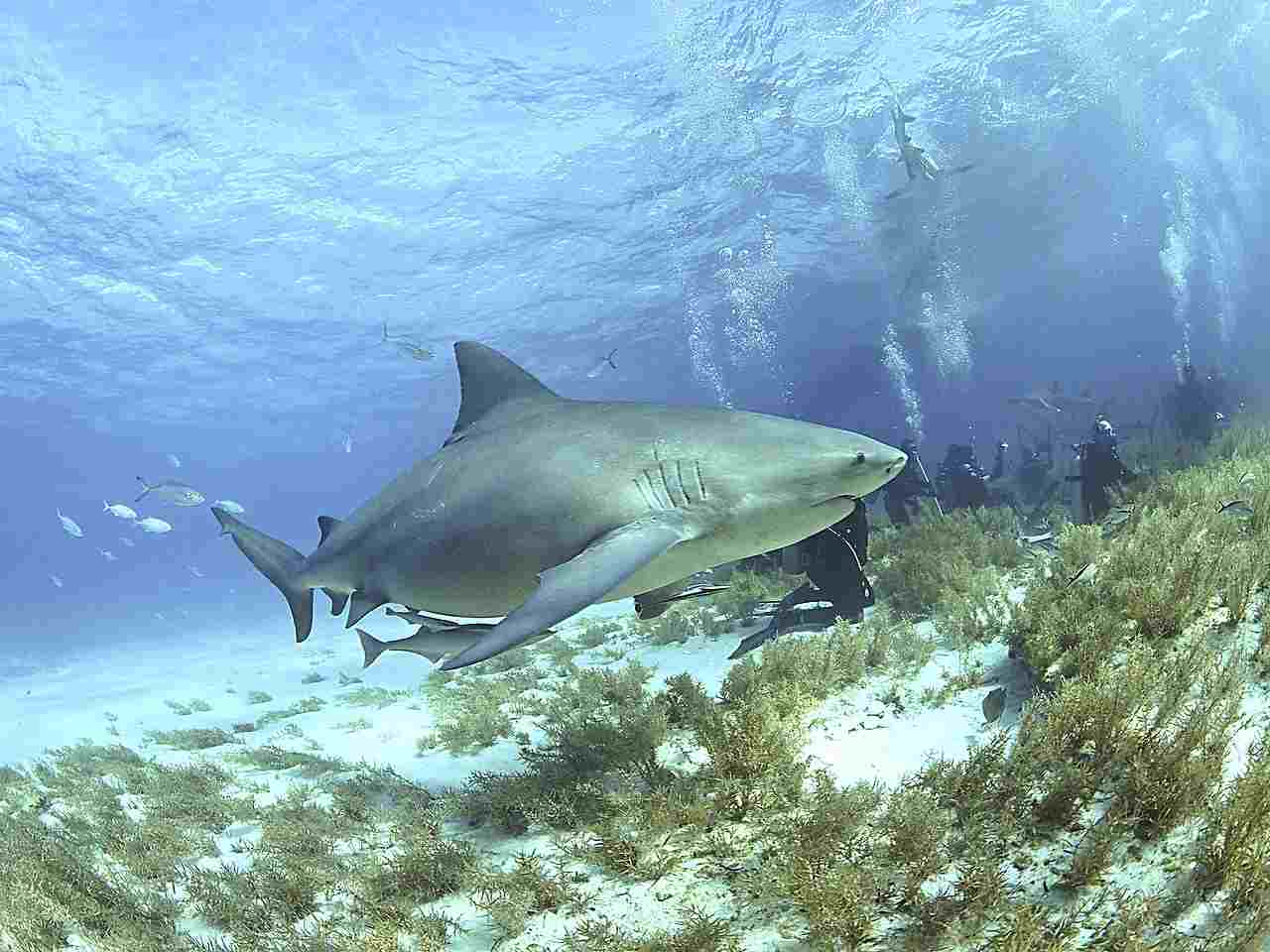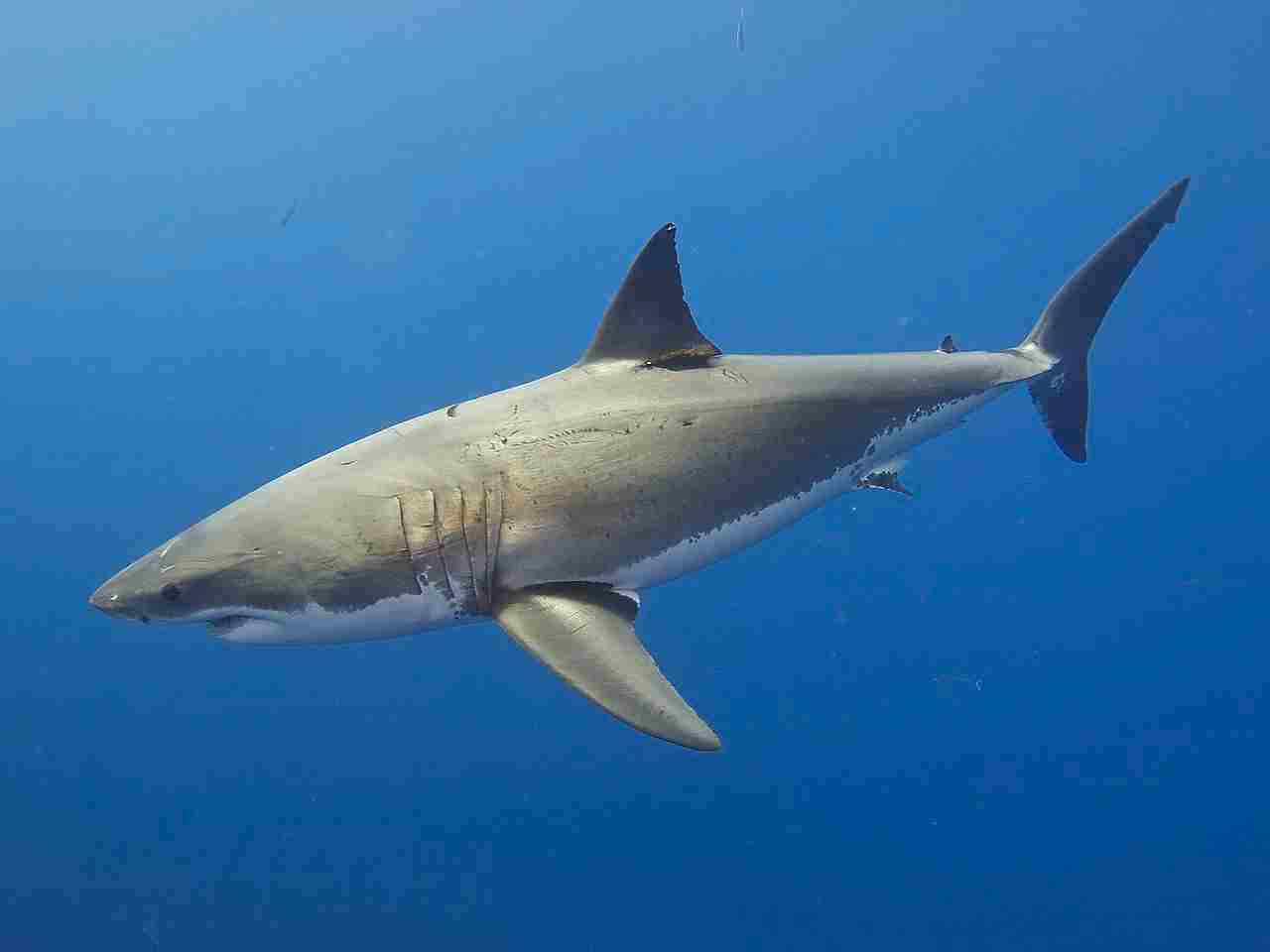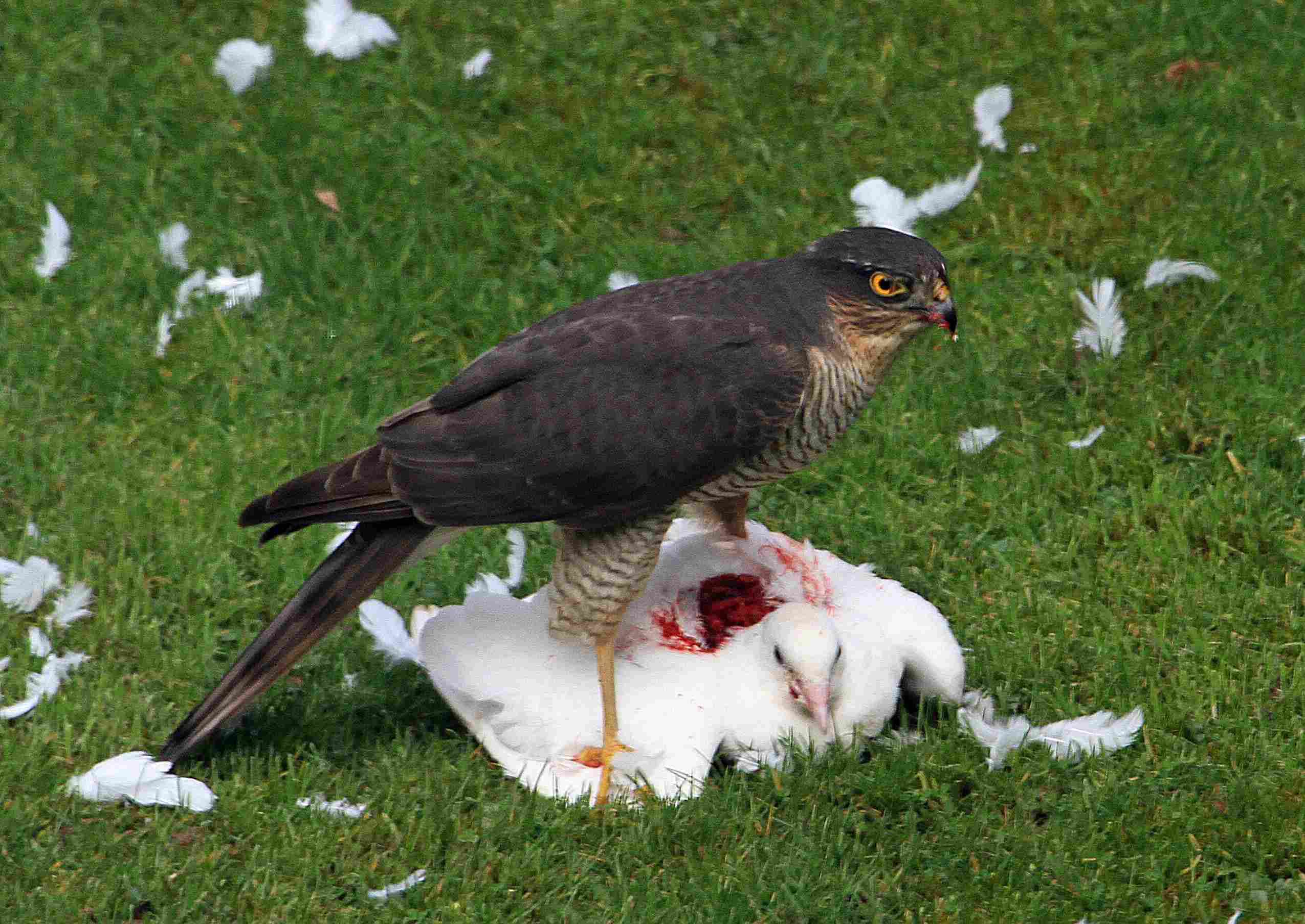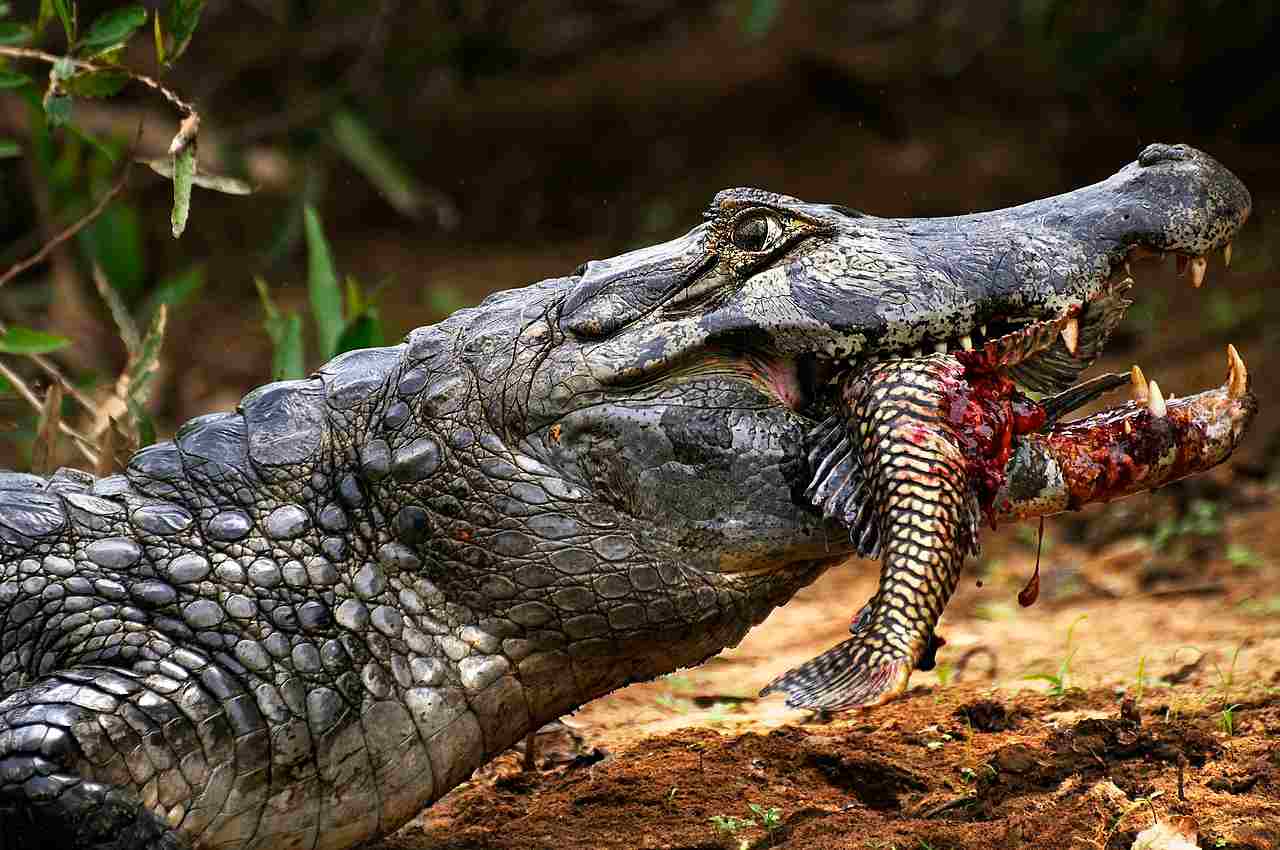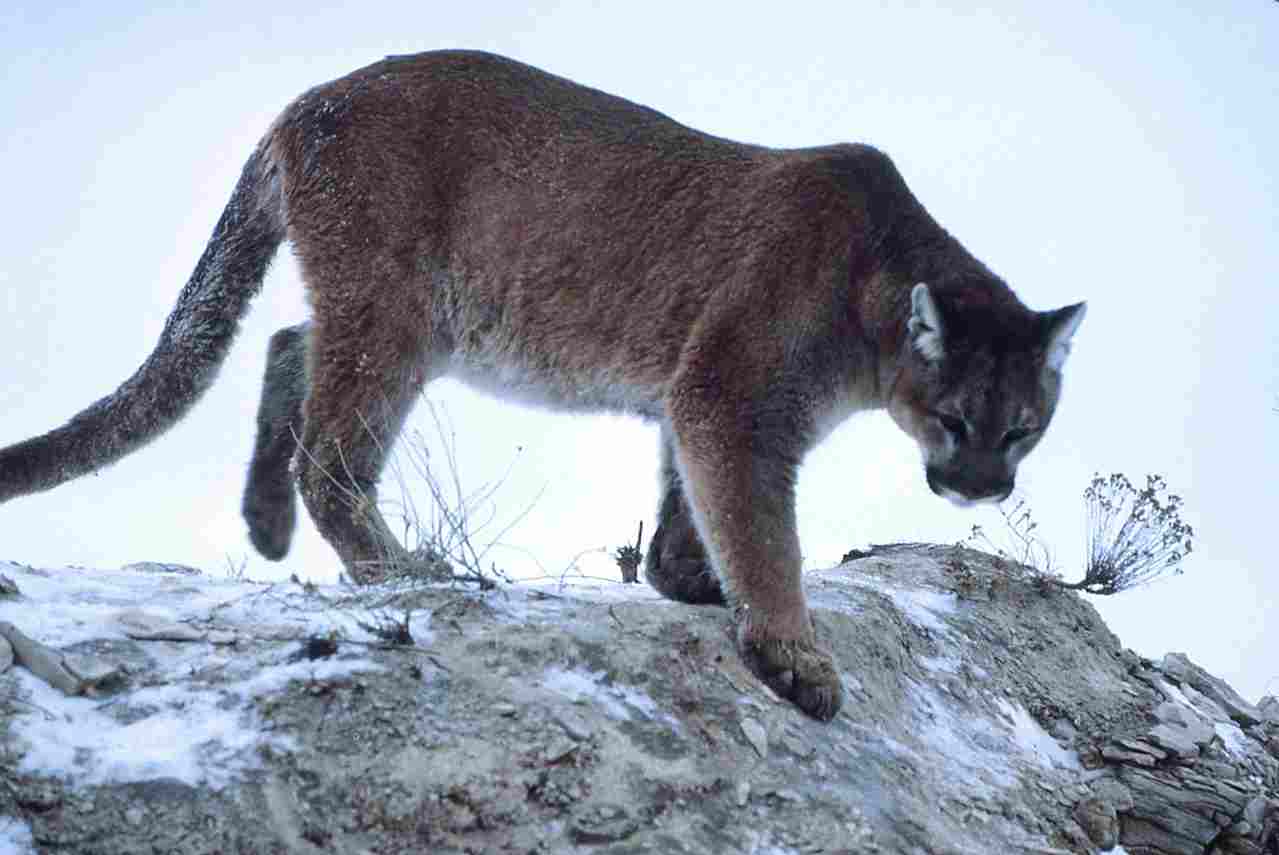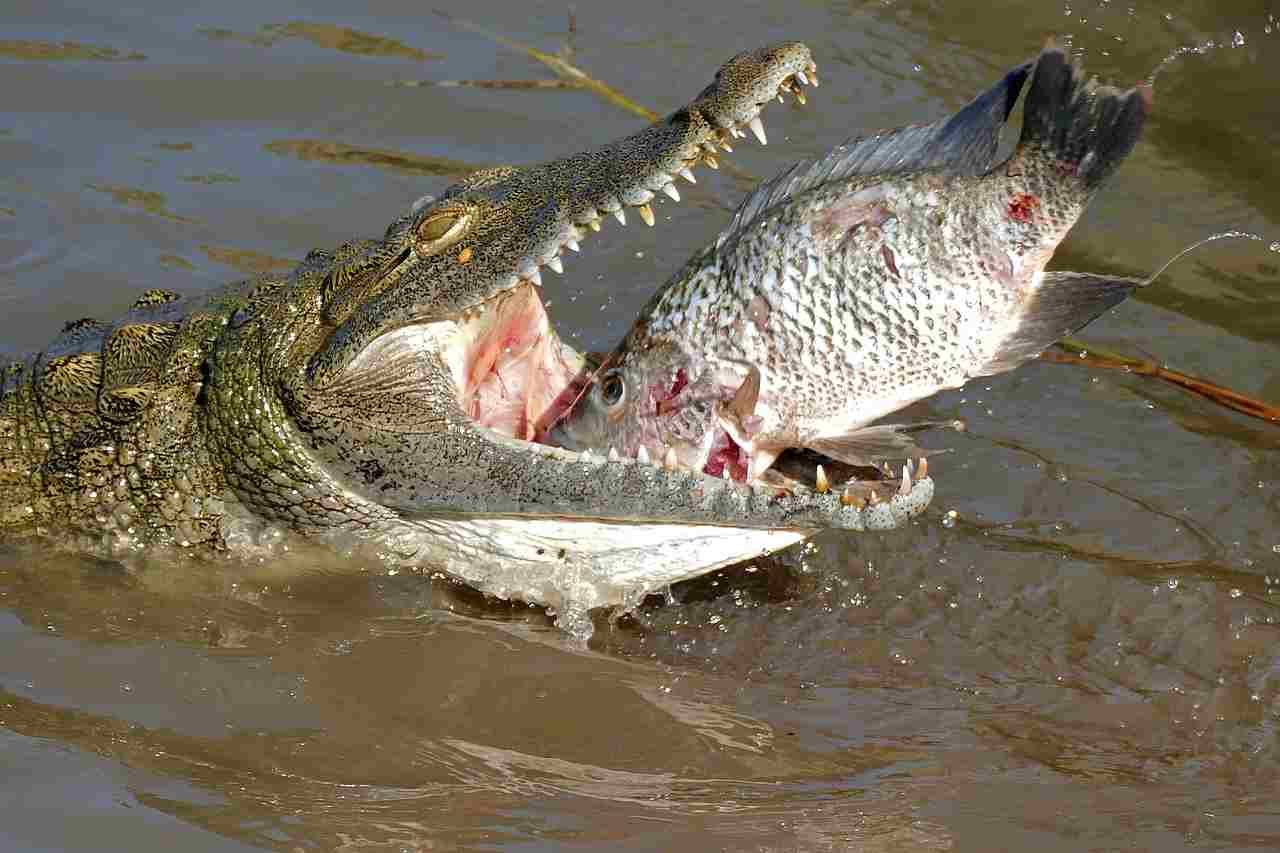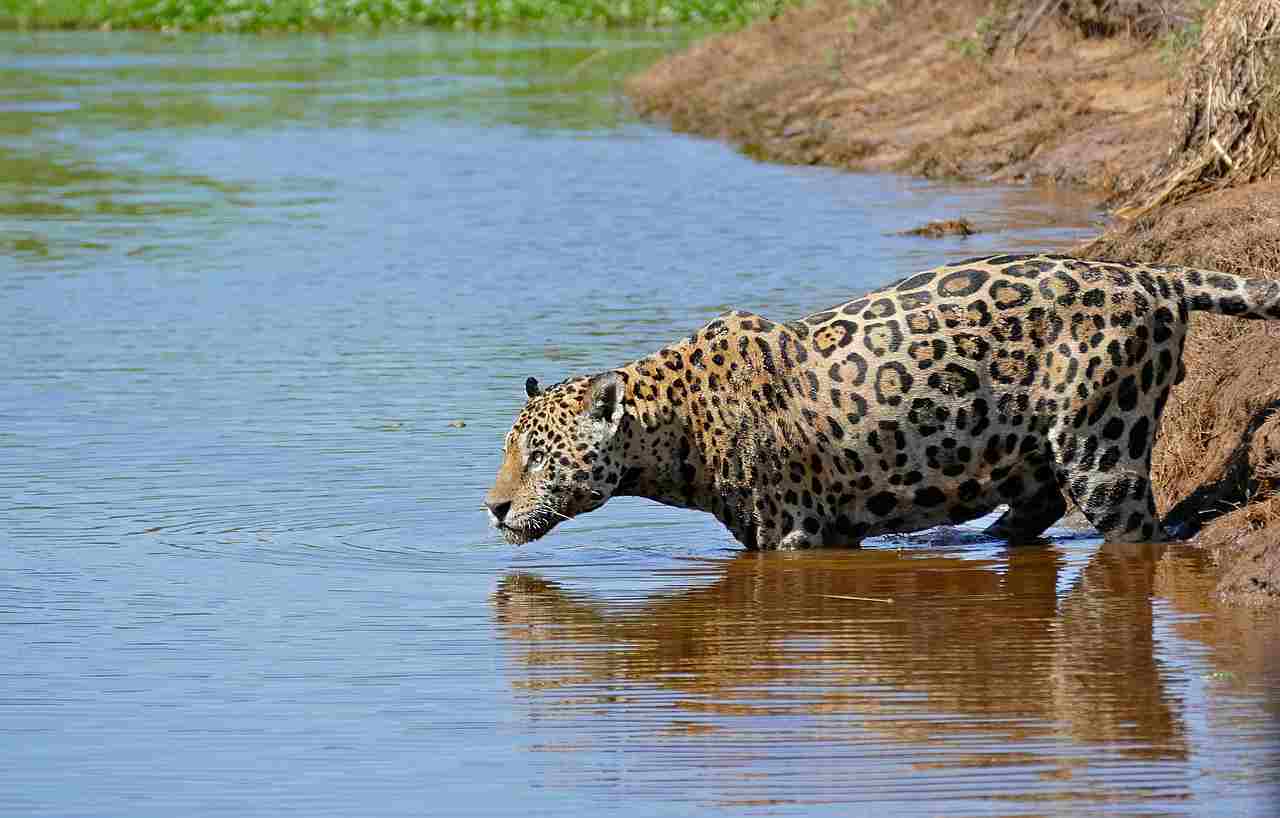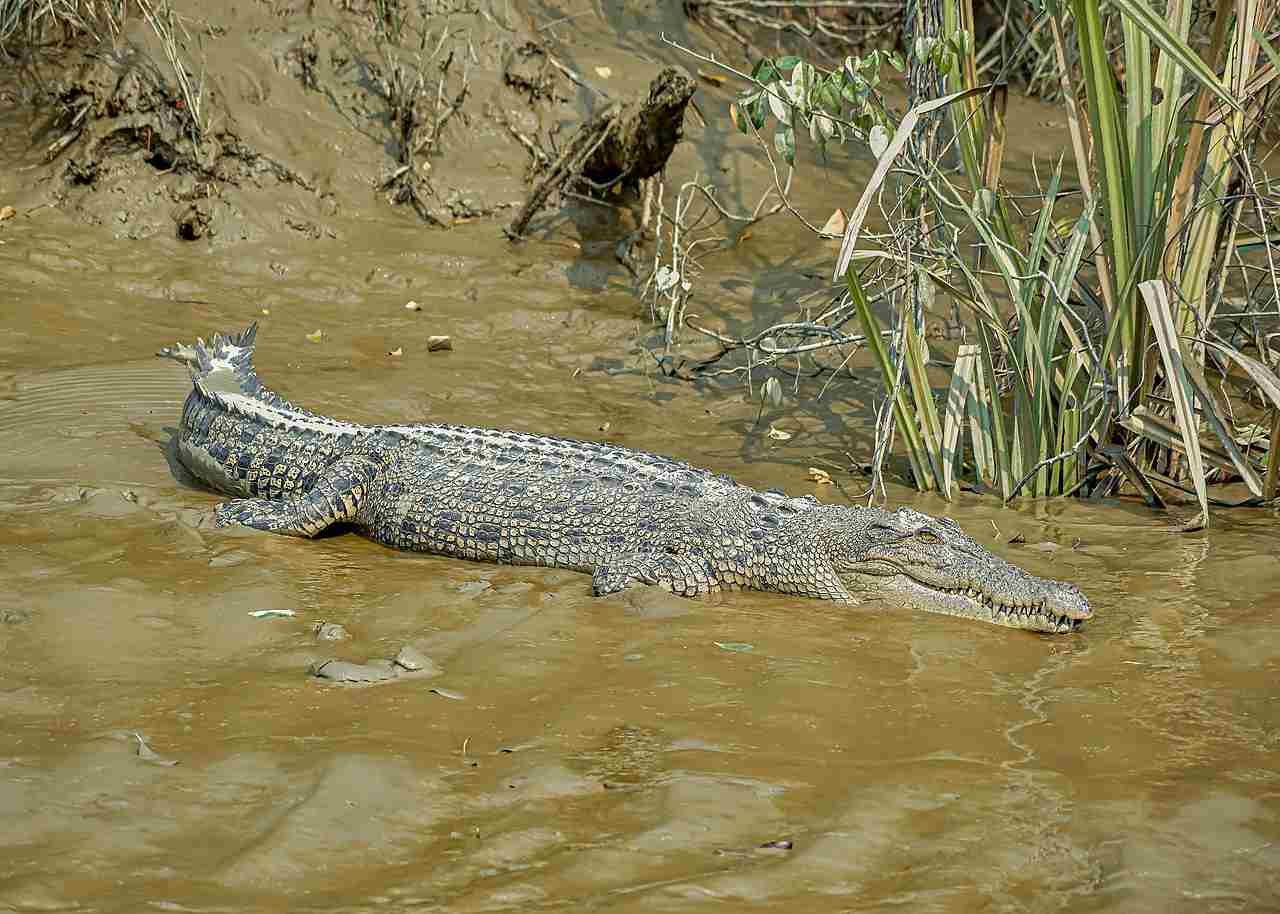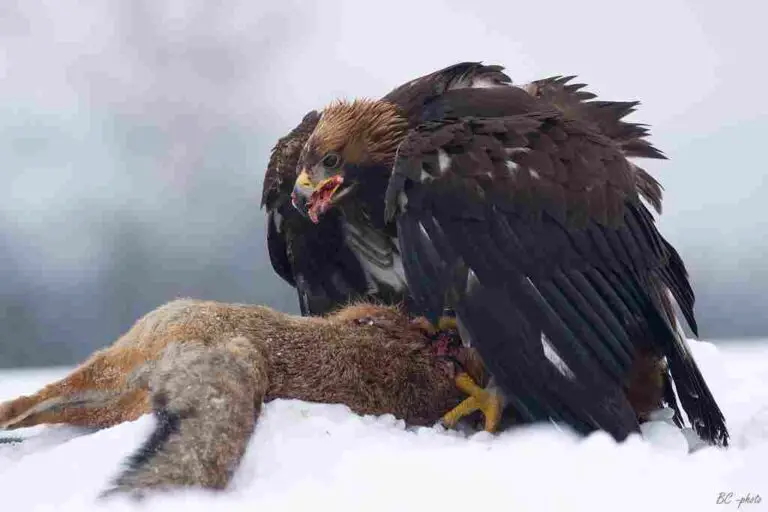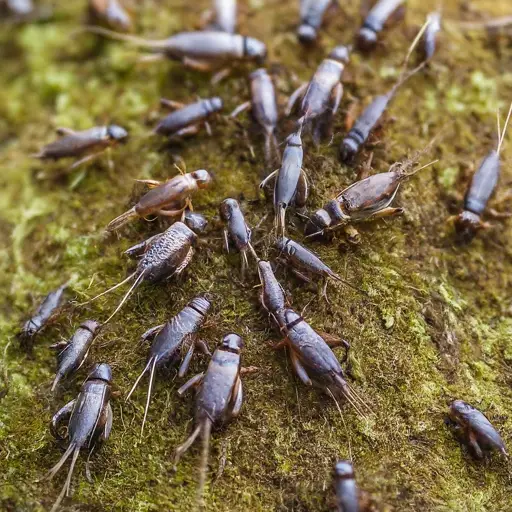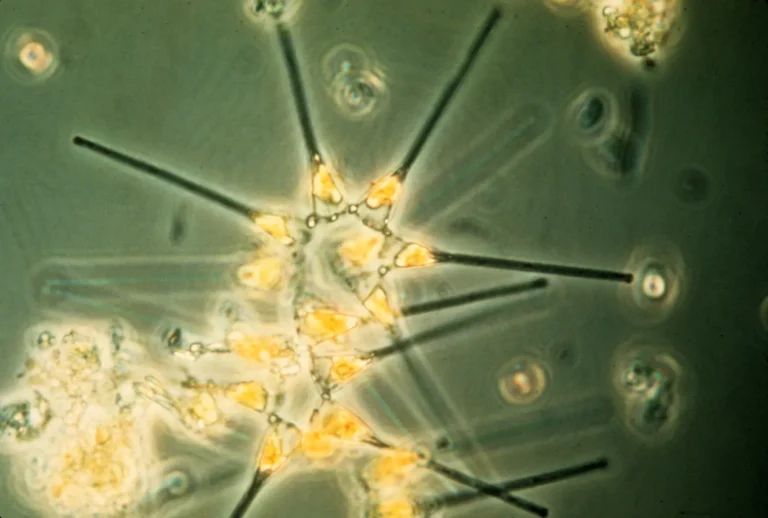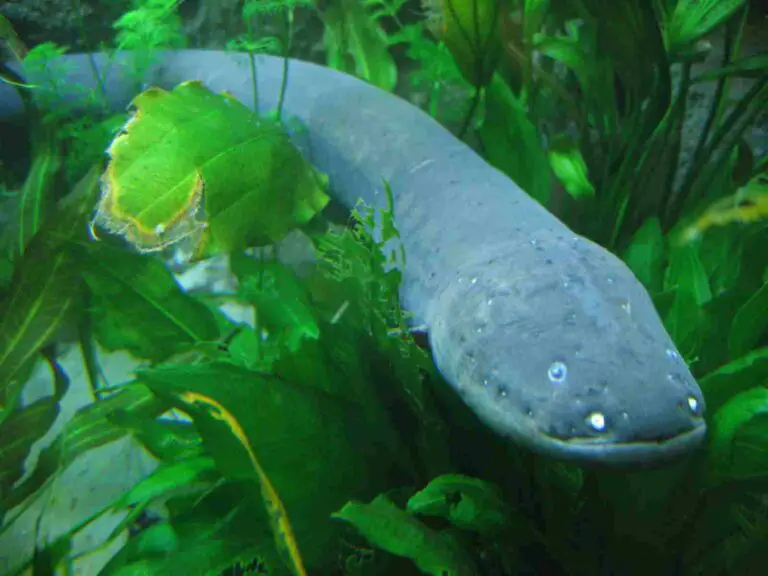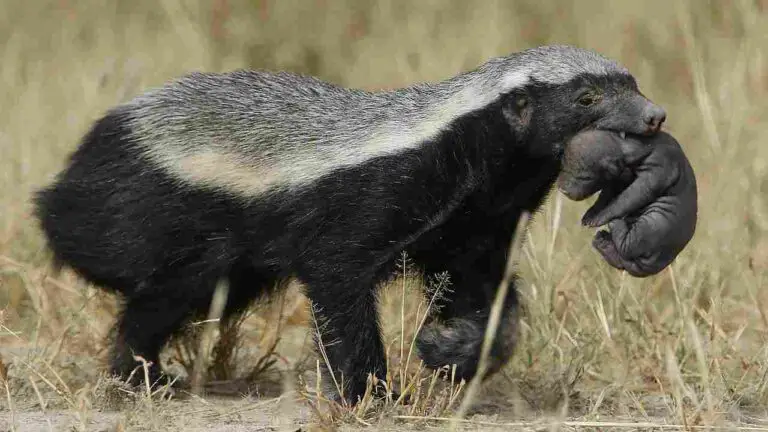11+ Predators In Costa Rica And Their Characteristics
Examples of predators in Costa Rica include the jaguar, a large apex predator found in dense forests; the puma, also known as the mountain lion; and the ocelot, a smaller spotted cat. Other predators are the American crocodile, the Brazilian wandering spider, and the harpy eagle. Hawks, snakes, and vipers also contribute to the ecosystem’s balance. Bull sharks are notable marine predators, and caimans are smaller relatives of crocodiles. The velvet snake, a primitive onychophoran, uses adhesive slime to capture prey. Conservation efforts focus on protecting habitats and managing human-wildlife conflicts.
1. Jaguar
The jaguar (Panthera onca) is one of the most iconic predators in Costa Rica, embodying both beauty and power. This large feline is primarily found in dense rainforest habitats but can also inhabit other environments like swamps and grasslands. Jaguars are opportunistic hunters, preying on a wide variety of animals including deer, peccaries, and even caimans. Their distinctive yellow and black-spotted coats not only add to their mystique but also provide them with exceptional camouflage in the dense foliage. With their muscular build and powerful jaws, jaguars are known to be one of the few big cats that can kill prey with a single powerful bite, often crushing the skull or spine.
Jaguars play a critical role in maintaining the ecological balance in Costa Rica’s forests. As apex predators, they help regulate the populations of other species, which in turn influences the health and diversity of the ecosystem. Despite their significance, jaguars face threats from habitat loss and illegal hunting. Conservation efforts are underway to protect these majestic creatures, including the establishment of protected areas and wildlife corridors that allow them to roam and find mates without encroaching on human settlements. Education and awareness campaigns also play a crucial role in promoting coexistence between humans and jaguars, ensuring that these magnificent predators continue to thrive in Costa Rica’s vibrant ecosystems.
2. Puma
The puma (Puma concolor), also known as the mountain lion or cougar, is another formidable predator in Costa Rica. Known for its adaptability, the puma can be found across various habitats, from tropical forests to mountainous regions. Unlike the jaguar, pumas have a broader distribution in the Americas, indicating their versatility in terms of habitat and prey choice. Their diet includes deer, peccaries, and other small mammals, showcasing their ability to hunt effectively in diverse environments. Pumas are solitary animals, primarily active at night, which helps them avoid conflict with humans and other predators like jaguars.
In Costa Rica, pumas play an important role in controlling herbivore populations, thus maintaining a balanced ecosystem. However, the increasing human presence and deforestation have led to habitat fragmentation, which poses a threat to puma populations. Conservationists are working to create wildlife corridors and promote responsible land use to ensure these majestic predators have enough space to roam. By raising awareness and implementing protective measures, Costa Rica aims to preserve its puma population while fostering coexistence with human communities.
3. Ocelot
The ocelot (Leopardus pardalis) is a smaller but equally striking predator found in Costa Rica’s forests. With its distinctive spotted coat and large expressive eyes, the ocelot has become a symbol of the country’s rich biodiversity. These cats primarily inhabit dense forests, but they can also be found in mangroves and coastal areas. Ocelots are nocturnal, and their diet consists of a wide range of prey, including rodents, birds, and small reptiles. Their agility and stealth allow them to move through the forest with ease, often unseen by humans.
Despite their adaptability, ocelots face challenges from habitat loss and illegal hunting, as their beautiful fur has historically been a target for poachers. Conservation efforts in Costa Rica aim to protect ocelot habitats and create corridors that connect fragmented forests, allowing them to move safely. Education and community engagement are crucial in these efforts, helping to reduce conflicts between humans and ocelots. As a result, the continued survival of this elegant predator relies on a balanced approach to conservation and sustainable development.
4. Crocodile
Crocodiles are some of the most awe-inspiring predators in Costa Rica, with the American crocodile (Crocodylus acutus) being the most commonly encountered species. These large reptiles can be found in various habitats, including rivers, estuaries, and coastal areas. With their powerful jaws and massive size, crocodiles are top predators, preying on fish, birds, and small mammals. They are known for their stealthy hunting techniques, often lying in wait just below the water’s surface before launching a sudden and deadly attack.
In Costa Rica, crocodiles are a significant part of the ecosystem, contributing to the health of aquatic environments by controlling prey populations. However, their presence near human settlements can lead to conflict, as they sometimes venture into populated areas in search of food. Conservationists in Costa Rica work to manage these conflicts through education and awareness campaigns, emphasizing the importance of maintaining a safe distance from crocodile habitats. Efforts to protect and monitor crocodile populations are ongoing, aiming to ensure their survival while minimizing risks to local communities.
5. Wandering Spider
The wandering spider, particularly the Brazilian wandering spider (Phoneutria spp.), is one of the most feared predators in Costa Rica due to its aggressive behavior and potent venom. These spiders are typically found in tropical forests and urban areas, often hiding in logs, under rocks, or within human structures. Unlike most spiders, wandering spiders do not build webs to catch prey; instead, they actively hunt and ambush their targets, which can include insects, small reptiles, and even other spiders. Their agility and speed make them highly effective predators.
Despite their fearsome reputation, wandering spiders play a crucial role in controlling insect populations, contributing to the overall health of the ecosystem. However, their presence near human habitation can lead to encounters and, in rare cases, bites. Costa Rica has developed protocols for treating wandering spider bites, and education campaigns aim to inform the public about how to avoid attracting these spiders into homes. By understanding and respecting these predators, Costa Rica seeks to maintain a balance between human safety and the ecological benefits provided by wandering spiders.
6. Eagle
The harpy eagle (Harpia harpyja) is among the most impressive avian predators in Costa Rica, known for its massive size and striking appearance. With its powerful talons and broad wingspan, the harpy eagle is capable of hunting large prey, including monkeys, sloths, and large birds. These eagles primarily inhabit dense tropical rainforests, where their keen eyesight and powerful flight skills make them formidable hunters. The harpy eagle’s presence in Costa Rica is a sign of a healthy ecosystem, as they require vast territories and abundant prey to thrive.
However, the harpy eagle faces significant threats from deforestation and habitat loss, leading to a decline in their population. Conservation efforts in Costa Rica focus on protecting their habitats and raising awareness about the importance of these majestic birds. By engaging local communities in conservation efforts and promoting responsible land use, Costa Rica aims to preserve the harpy eagle’s natural habitat, ensuring that these apex predators continue to play their vital role in the country’s rich biodiversity.
7. Hawk
Hawks are skilled predators in Costa Rica’s varied landscapes, with species like the red-tailed hawk (Buteo jamaicensis) and the roadside hawk (Rupornis magnirostris) being among the most common. These birds of prey are known for their sharp vision and powerful talons, allowing them to hunt a variety of prey, including small mammals, birds, and reptiles. Hawks are often seen soaring over open fields and along forest edges, using their keen eyesight to spot potential targets from high above. They play a crucial role in controlling prey populations and maintaining the balance of the ecosystem.
Hawks are generally solitary, though they may form breeding pairs during the mating season. In Costa Rica, they can adapt to various environments, from tropical forests to urban areas. While hawks are resilient, they face threats from habitat loss and human interference. Conservation efforts aim to protect their nesting sites and reduce the impact of human activity on their habitats. Educational programs also help raise awareness about the ecological importance of hawks, fostering coexistence with human communities.
8. Snake
Costa Rica is home to a diverse range of snake species, from the harmless to the highly venomous. The boa constrictor (Boa constrictor) and the fer-de-lance (Bothrops asper) represent two distinct types of predators in this category. Boa constrictors are non-venomous constrictors that use their powerful bodies to suffocate prey, typically small mammals and birds. In contrast, the fer-de-lance, a venomous pit viper, uses its potent venom to immobilize prey before consuming it. Snakes play a vital role in the ecosystem by controlling rodent populations and providing food for larger predators.
While snakes contribute significantly to Costa Rica’s biodiversity, they are often misunderstood and feared. This fear can lead to unnecessary killing, threatening snake populations. Conservation efforts focus on educating the public about the role of snakes in the environment and how to avoid dangerous encounters. By promoting understanding and safe practices, Costa Rica aims to protect its snake species while ensuring the safety of human communities.
9. Viper
Vipers, a group of venomous snakes known for their distinctive fangs and potent venom, are an essential part of Costa Rica’s predator population. The eyelash pit viper (Bothriechis schlegelii) and the bushmaster (Lachesis muta) are notable examples. These snakes use heat-sensing pits to detect warm-blooded prey, such as rodents and birds, allowing them to strike with precision even in the dark. Vipers often rely on camouflage to ambush their prey, remaining motionless until the perfect moment to strike. Their venom not only helps them subdue prey but also starts the digestive process.
In Costa Rica, vipers contribute to controlling small mammal populations, helping maintain ecological balance. However, their venomous nature can pose risks to humans, especially in rural or forested areas. To mitigate these risks, Costa Rica has established treatment protocols for venomous snake bites and conducts public education campaigns on snake safety. Conservation efforts focus on protecting viper habitats and reducing human-wildlife conflict, ensuring these important predators continue to play their role in the ecosystem.
10. Bull Shark
The bull shark (Carcharhinus leucas) is one of the most formidable marine predators in Costa Rica, known for its aggressive behavior and adaptability. Unlike many other shark species, bull sharks can thrive in both saltwater and freshwater, allowing them to venture into rivers and estuaries. This unique ability makes them particularly versatile predators, preying on fish, crustaceans, and even other sharks. Bull sharks are powerful swimmers and are often found in coastal regions, where they play a key role in regulating marine ecosystems.
While bull sharks are critical to the health of Costa Rica’s marine environments, their presence near shorelines can lead to conflicts with humans. Conservation efforts focus on educating the public about shark behavior and promoting safe practices when swimming or engaging in water sports. Additionally, Costa Rica is working to protect shark habitats from overfishing and pollution, ensuring that bull sharks continue to thrive while minimizing risks to human activities. Through a balanced approach, Costa Rica seeks to maintain the ecological benefits of bull sharks while fostering a safer coexistence with human communities.
11. Caiman
Caimans are relatives of crocodiles and alligators, and Costa Rica is home to the spectacled caiman (Caiman crocodilus). These reptiles inhabit freshwater environments like rivers, lakes, and swamps, where they are top predators, preying on fish, birds, and small mammals. Caimans are smaller than crocodiles but share similar hunting strategies, often lying in wait near the water’s edge before launching a swift attack. Their presence in Costa Rica’s ecosystems is vital for controlling prey populations and maintaining the health of aquatic habitats.
Despite their importance, caimans face threats from habitat loss and hunting. Conservationists in Costa Rica are working to protect caiman habitats and regulate hunting practices to ensure these reptiles continue to thrive. Public education campaigns emphasize the importance of caimans in the ecosystem and how to avoid conflicts with them, particularly in areas where human settlements are close to waterways. By promoting coexistence and implementing conservation measures, Costa Rica aims to secure a future for its caiman populations while ensuring the safety of local communities.
12. Velvet Snake
The velvet snake, also known as the velvet worm, is a unique predator in Costa Rica’s diverse ecosystem. Despite its name, it’s not actually a snake; it’s a type of onychophoran, a primitive group of legged invertebrates. Velvet snakes are predators that use adhesive slime to capture prey, typically small insects and arthropods. They inhabit moist forest environments, where their soft, velvety bodies help them move through the underbrush with ease. These creatures are an interesting example of evolutionary adaptation, showcasing unique predatory behavior.
Though velvet snakes might not be as fearsome as other predators, they play a crucial role in controlling insect populations in their habitats. Costa Rica’s rainforests provide the ideal environment for these creatures, but they are sensitive to habitat changes and deforestation. Conservation efforts in Costa Rica focus on preserving forest ecosystems and promoting biodiversity, which indirectly supports the survival of velvet snakes. By maintaining healthy forest habitats, Costa Rica ensures that even its lesser-known predators continue to contribute to the country’s rich ecological tapestry.
*Summary
-
Jaguar
-
Large feline found in rainforests, swamps, and grasslands
-
Apex predator with powerful jaws, opportunistic hunter
-
Faces threats from habitat loss and illegal hunting
-
-
Puma
-
Also known as mountain lion or cougar
-
Inhabits forests and mountainous regions
-
Solitary and nocturnal, impacted by habitat fragmentation
-
-
Ocelot
-
Smaller spotted cat found in dense forests
-
Nocturnal and preys on rodents, birds, and reptiles
-
Threatened by habitat loss and illegal hunting
-
-
Crocodile
-
American crocodile is the most common species
-
Found in rivers, estuaries, and coastal areas
-
Conservation efforts focus on managing conflicts with humans
-
-
Wandering Spider
-
Brazilian wandering spider is aggressive and venomous
-
Hunts actively, doesn’t build webs
-
Conservation focuses on education and avoidance
-
-
Eagle
-
Harpy eagle is a large bird of prey in dense rainforests
-
Hunts large prey like monkeys and sloths
-
Threatened by deforestation and habitat loss
-
-
Hawk
-
Includes species like red-tailed hawk and roadside hawk
-
Found in various environments, controlling prey populations
-
Threatened by habitat loss and human interference
-
-
Snake
-
Diverse range from non-venomous to venomous
-
Boa constrictor and fer-de-lance are notable examples
-
Conservation focuses on education and reducing conflict
-
-
Viper
-
Venomous snakes with distinctive fangs
-
Eyelash pit viper and bushmaster are key examples
-
Conservation focuses on snake safety and habitat protection
-
-
Bull Shark
-
Marine predator found in both saltwater and freshwater
-
Plays a key role in marine ecosystems, aggressive behavior
-
Conservation focuses on public education and habitat protection
-
-
Caiman
-
Relatives of crocodiles, smaller in size
-
Spectacled caiman is the most common species
-
Conservation aims to regulate hunting and protect habitats
-
-
Velvet Snake
-
Not a true snake, but a primitive onychophoran
-
Uses adhesive slime to capture prey
-
Conservation focuses on preserving forest habitats
-
| Predator | Description |
| Jaguar |
Large feline, apex predator, opportunistic hunter, found in rainforests, swamps, grasslands; threatened by habitat loss and illegal hunting
|
| Puma |
Also known as mountain lion or cougar, solitary and nocturnal, hunts in forests and mountainous regions; impacted by habitat fragmentation
|
| Ocelot |
Smaller cat with a spotted coat, nocturnal, preys on rodents, birds, and reptiles; threatened by habitat loss and illegal hunting
|
| Crocodile |
American crocodile, found in rivers, estuaries, coastal areas, top predator; conservation efforts focus on managing conflicts with humans
|
| Wandering Spider |
Brazilian wandering spider, aggressive and venomous, actively hunts without webs; conservation focuses on education and avoidance
|
| Eagle |
Harpy eagle, large bird of prey, hunts monkeys and sloths in dense rainforests; threatened by deforestation and habitat loss
|
| Hawk |
Includes red-tailed hawk and roadside hawk, controls prey populations; threatened by habitat loss and human interference
|
| Snake |
Includes boa constrictor and fer-de-lance; conservation focuses on education and reducing conflict
|
| Viper |
Venomous snakes with distinctive fangs, includes eyelash pit viper and bushmaster; conservation focuses on snake safety and habitat protection
|
| Bull Shark |
Marine predator, found in both saltwater and freshwater, plays key role in marine ecosystems; conservation focuses on public education and habitat protection
|
| Caiman |
Relatives of crocodiles, smaller in size, spectacled caiman is most common; conservation aims to regulate hunting and protect habitats
|
| Velvet Snake |
Primitive onychophoran, not a true snake, uses adhesive slime to capture prey; conservation focuses on preserving forest habitats
|
